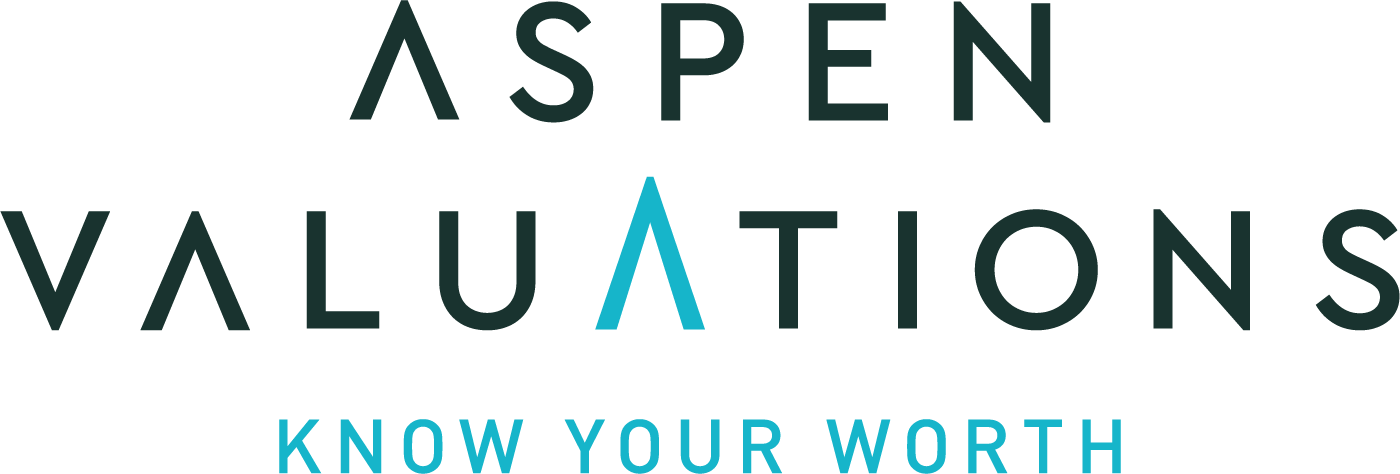Don’t make this mistake with cash on hand when arriving at your business value
1 min read.
A business valuation typically involves determining the future cashflows that a company will generate and applying an appropriate multiple on the cashflows to arrive at the value of operations.
The most common error I’ve seen in business valuations done, including those generated by online valuation software, is that cash on hand is automatically added to value without assessing if it’s needed for operations. Similar errors include adding the net tangible assets to equity value. These are working capital (i.e. accounts receivable, net of accounts payables, inventory, etc.) and capital assets such as equipment and trucks, etc. These assets are the operating assets a company requires to generate the cashflows upon which the valuation is based. This error results in overstating equity value.
On the other hand, a frequently seen error is not adding the value of redundant assets to value. This results in understating equity value.
It is important to pay proper attention in analyzing the balance sheet to determine the normalized level of working capital (including cash on hand) required for operations as well as the assets that sit on the balance sheet but are redundant to the operations of the business.
Book a free consultation with us to chat more.

